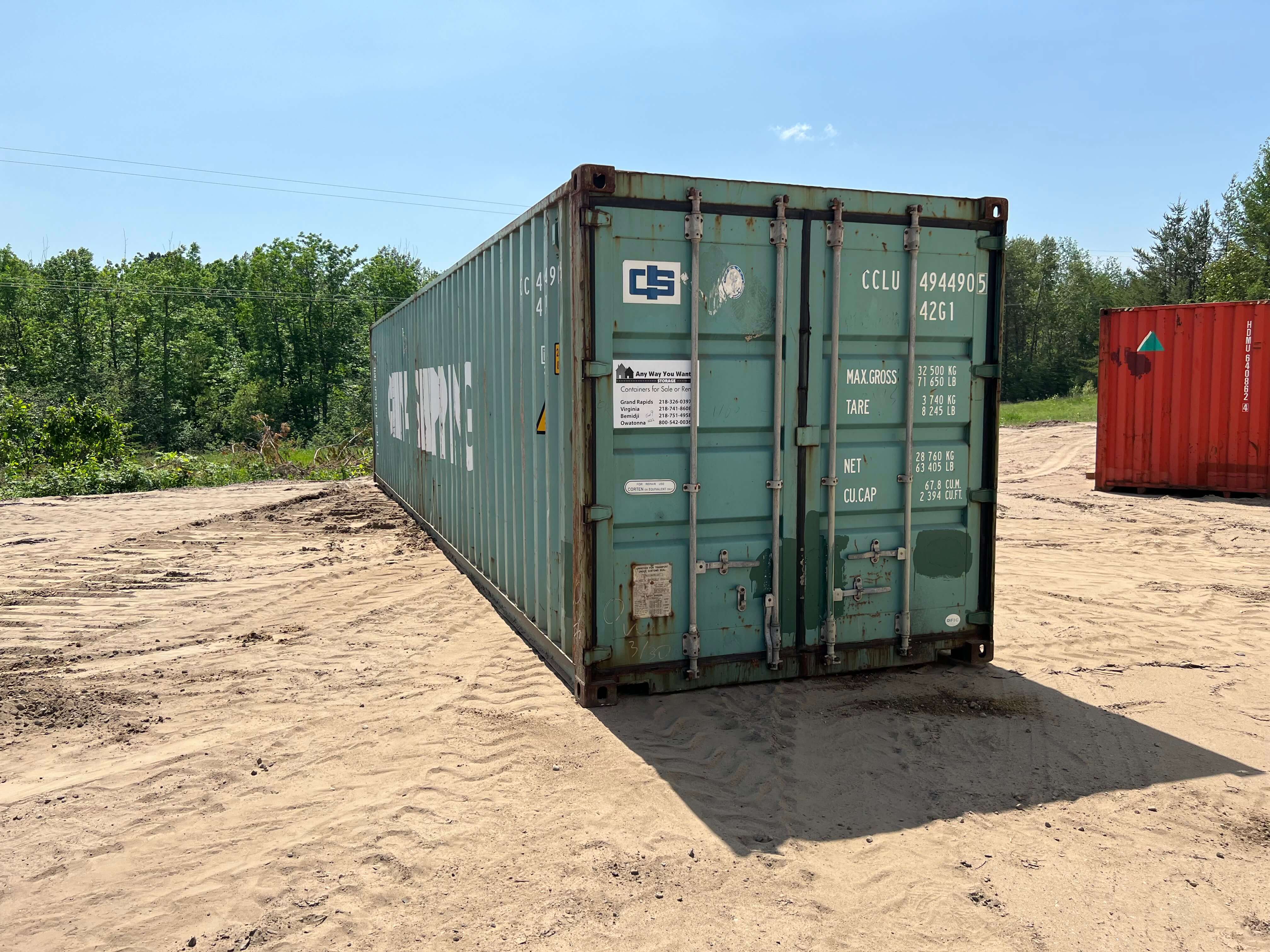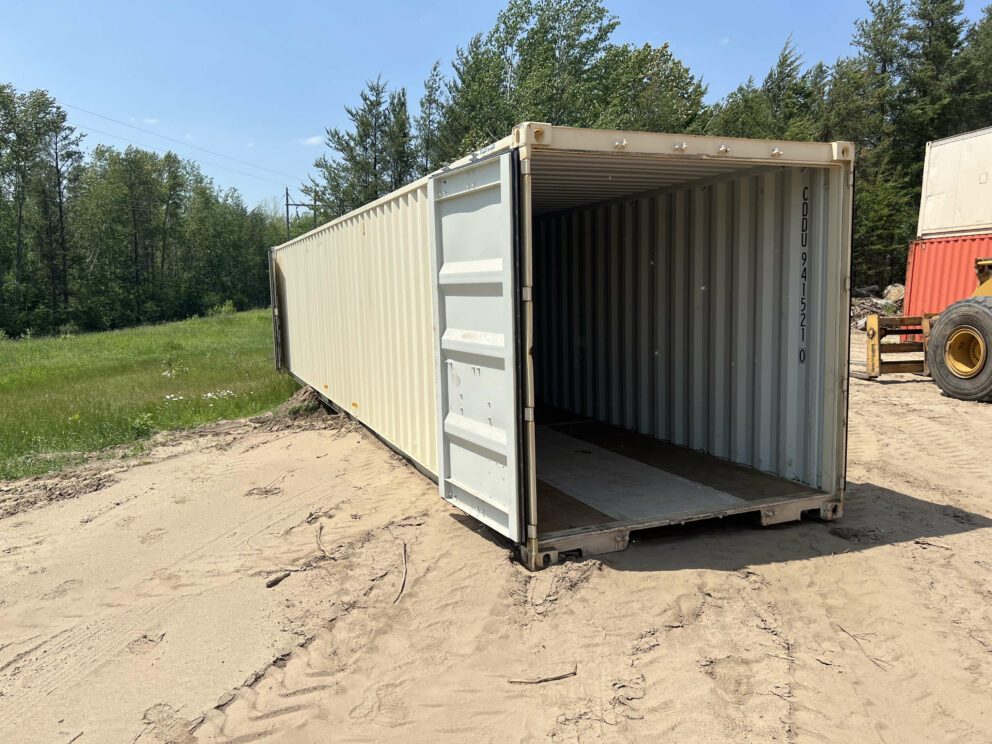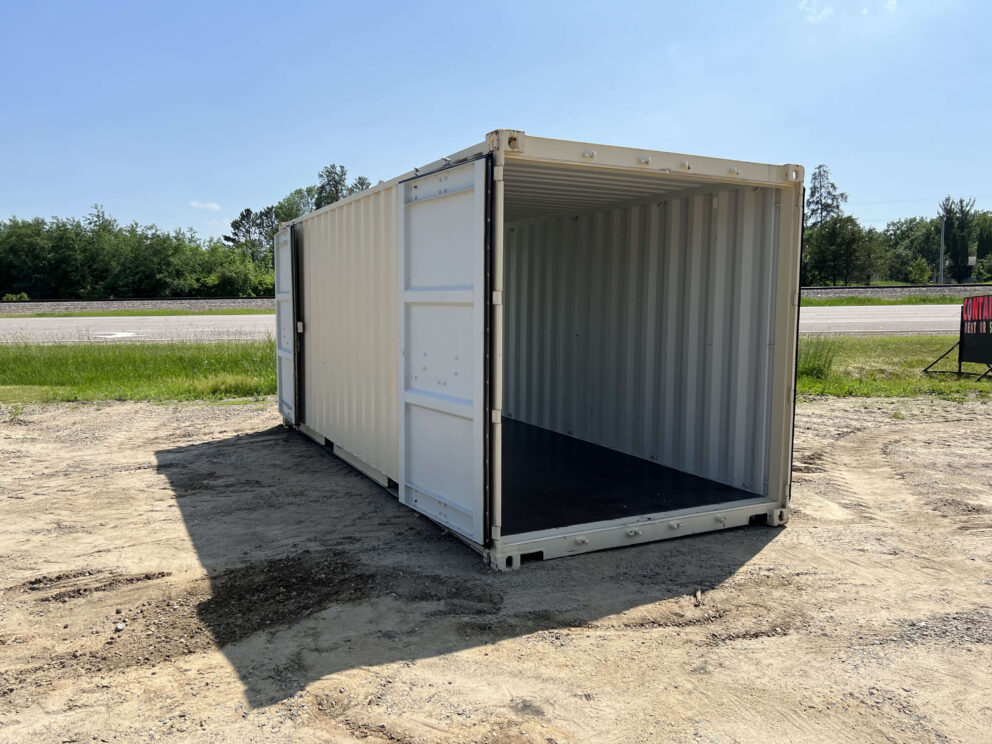Downsizing is a major life transition. Whether you are an empty nester, a recent retiree, or just looking to simplify your lifestyle, moving into a smaller home brings many benefits. Lower expenses, less maintenance, and a more manageable space are just a few. However, the process can be overwhelming without a clear plan.
Sorting through years of belongings, making emotional decisions, and figuring out what will actually fit can feel like a full-time job. The good news is that with the right strategies and support, your move can be far less stressful. Portable storage can also give you a flexible, no-pressure way to ease into your new space.
Let’s walk through smart, research-backed steps to help you downsize with confidence and clarity.
1. Know Your Space and Plan Around Your New Lifestyle
The average downsized home is about 30 to 50 percent smaller than the original residence, according to the National Association of Home Builders. That means not all your furniture and belongings will transfer over seamlessly.
Start by measuring the new space, including doorways, storage areas, and major living zones. Use a simple layout app like RoomSketcher or MagicPlan to place furniture digitally and see what fits. Ask yourself practical questions about how your lifestyle is changing.
- Will you still need a formal dining room set?
- Do you plan to host overnight guests often?
- Can you swap bulky furniture for smaller, multi-purpose pieces?
Being realistic about your future routines will help you make smart decisions now.
2. Declutter Before You Move to Save Time and Money
Professional movers estimate that downsizing before you pack can cut moving costs by 25 to 50 percent. It also makes unpacking easier and reduces unnecessary stress in your new home.
Use the Four-Box Method:
- Keep: Things you will use or need in the new home
- Donate: Items in good condition that others could use
- Sell: Valuables you no longer need but could turn into cash
- Discard: Anything broken, outdated, or no longer useful
Start with less sentimental areas like the garage or linen closet to build momentum. Then move on to closets, kitchen cabinets, and living spaces.
If you have not used an item in over a year, chances are you do not need it. Exceptions, of course, include seasonal gear and important documents.
Consider scanning or photographing keepsakes like kids’ artwork or family recipes to preserve the memory without holding onto physical clutter.
3. Prepare for the Emotional Side of Downsizing
UCLA’s Center on Everyday Lives of Families found that Americans often have strong emotional attachments to household items. That’s why downsizing is not just a physical process but an emotional one, too.
Letting go of objects tied to memories, traditions, or people can be difficult. This is completely normal. Be patient with yourself and go at your own pace.
Try these strategies:
- Sort items with the help of a trusted friend or family member who can offer perspective
- Set aside a few “legacy boxes” for your most meaningful items
- Focus on what you are gaining, such as freedom, flexibility, or a fresh start
If you are stuck on an item, ask whether it serves your future or simply reminds you of the past. You can honor the memory without keeping the object.
4. Use Portable Storage to Give Yourself Breathing Room
When you are in between homes or need more time to decide what stays and what goes, portable storage units can be incredibly helpful.
They offer several key advantages:
- You can load them gradually at your own pace, without renting a truck or rushing to meet a deadline
- They keep your home tidy during staging and showings if you are selling
- They allow you to store items you are not ready to part with, then revisit them once you are settled
Any Way You Want It delivers secure, weather-resistant storage containers to your location. Once packed, we can keep it stored at our facility or transport it to your next home.
This flexibility makes downsizing feel more manageable and less overwhelming.
5. Be Selective and Intentional About What You Keep
The goal of downsizing is not to get rid of everything. It is to create a home that reflects your current lifestyle, not your past.
Ask yourself:
- Do I use this regularly?
- Does it fit comfortably in the new space?
- Does it serve a real purpose or bring joy?
Keep what supports your daily life and values. Let go of what no longer serves you. Items you are unsure about can be stored short-term until you are ready to decide.
Downsizing is not about losing. It is about choosing what truly matters.
Where to Donate, Sell, or Recycle Unwanted Items
Do not let guilt stop you from decluttering. Many items you no longer need can benefit others or be recycled responsibly.
Here are some suggestions:
- Furniture: Habitat for Humanity ReStores, local shelters
- Clothing: Goodwill, Dress for Success, local charities
- Books: Libraries, Little Free Libraries, Better World Books
- Electronics: Best Buy recycling, certified e-waste recyclers
Check for local pickup options to make the process easier.
Ready to Downsize Without the Stress?
At Any Way You Want It, we understand that downsizing can be both exciting and emotional. Our portable storage units are designed to help you manage the transition on your terms.
Whether you need short-term storage during the move or a long-term solution for extra items, we are here to make the process simpler, safer, and more flexible.
Get a quote today, and let us help you downsize with confidence and clarity.




